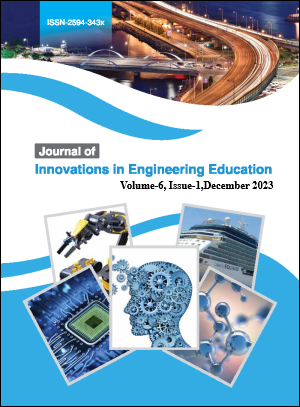Composite reliability evaluation of Integrated Nepal Power System
DOI:
https://doi.org/10.3126/jiee.v6i1.43601Keywords:
Composite reliability,Monte –Carlo simulation,DC load flow, Contingency analysisAbstract
Abstract the worth of reliability has been increasing with the advancement of technology. Based on the involvement of the various functional zones, the assessment of the reliability of the power system is divided into 3 Hierarchy levels (HL). The composite reliability (HL II) involves the availability of generation systems and transmission systems in evaluating the reliability of power systems. In this paper, the composite reliability of the Integrated Nepal Power System (INPS) is assessed using sequential Monte Carlo Simulation (MCS). Based on the trip data of the various Hydro Electric Power Plant (HEPP) units of Nepal and of transmission line, the artificial UP and DOWN sequence of the composite system is simulated. The power output of the Hydro-Electric Power Plant (HEPP) is varied based on the variation of seasonal flow. The system state is compared with the hourly load data of various load centers of INPS to determine the reliability indices like LOLP, LOLE, and EENS. As the eastern part of INPS doesn’t have a generating unit, it is found to have lower reliability. The reliability of INPS can be improved by improving the reliability of load centers that have a lower value of reliability indices.
Downloads
Downloads
Published
How to Cite
Issue
Section
License
Copyright (c) 2023 JIEE and the authors

This work is licensed under a Creative Commons Attribution-NonCommercial-NoDerivatives 4.0 International License.
Upon acceptance of an article, the copyright for the published works remains in the JIEE, Thapathali Campus and the authors.

